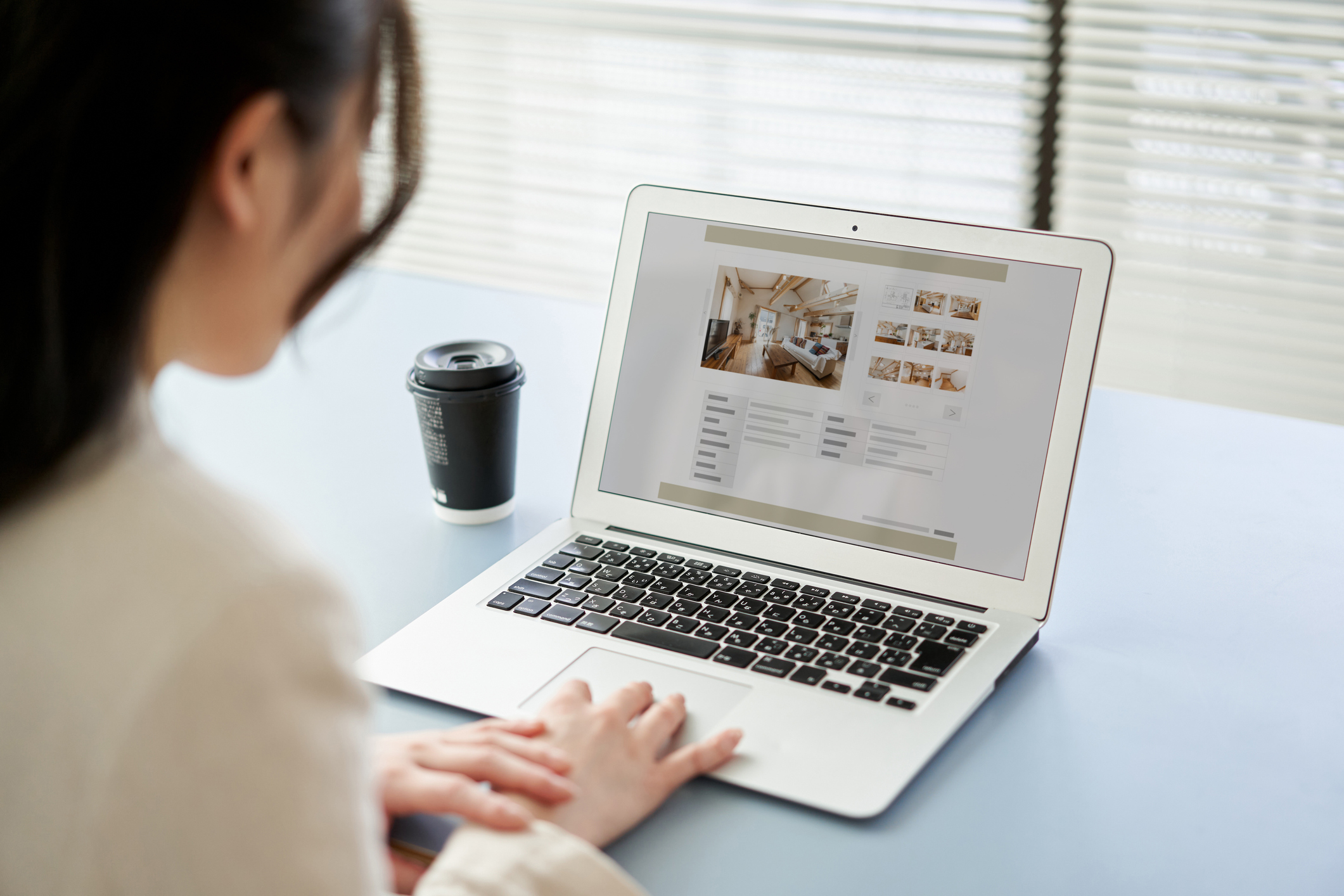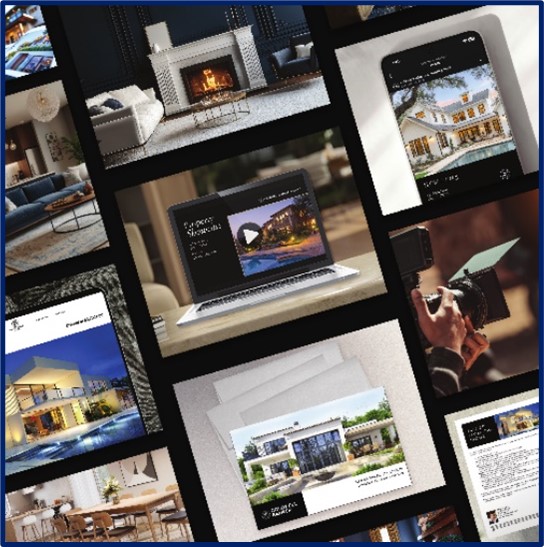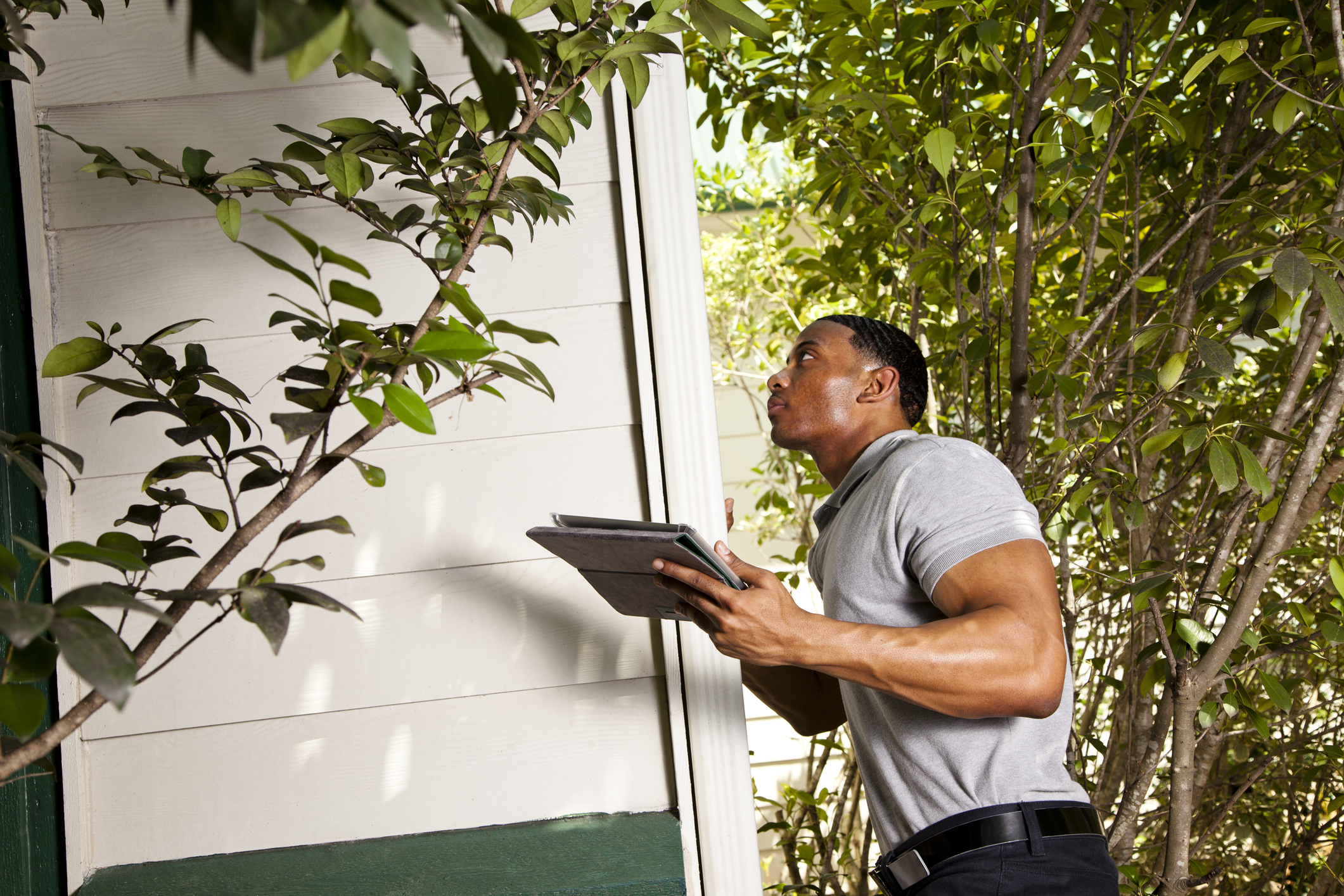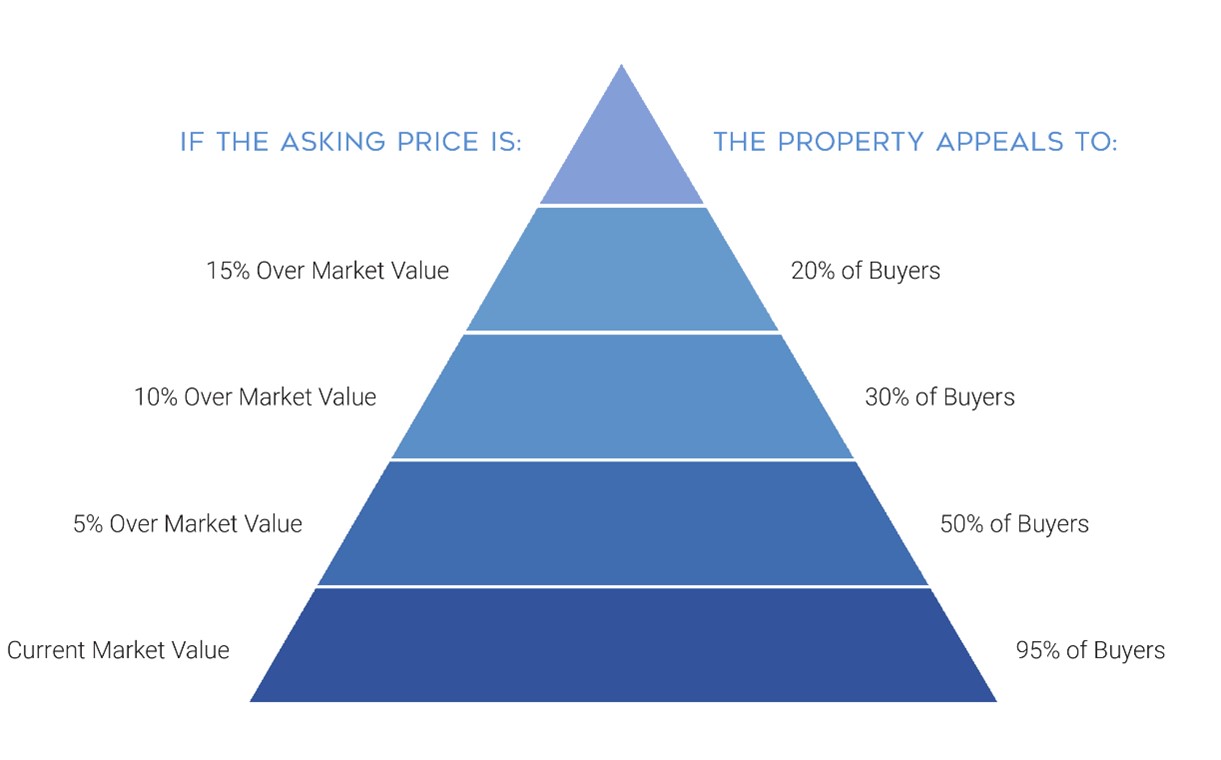Step 13: Reviewing Offers – A Clear, Side-by-Side Comparison (Post 18/28 in the Series)

When offers begin to come in, it’s exciting—but it can also be overwhelming. That’s why we prepare a comprehensive summary spreadsheet that allows you to compare each offer side by side, with clarity and confidence.
This spreadsheet includes key terms that go far beyond just the price. We help you understand what each item means and why it matters:
- Price: The total offer amount—important, but not the only factor.
- Deposit & Second Deposit: Indicators of buyer commitment.
- Financing Details: Amount and percentage financed, type of loan, and pre-approval status.
- Contingencies: Inspection, mortgage, and appraisal timelines that affect risk and flexibility.
- Escalation Clauses: If included, these show how much a buyer is willing to increase their offer.
- Hubbard Clause: Indicates if the buyer must sell another home first—adding potential delays.
- Appraisal Gap Coverage: Protects your sale price if the appraisal comes in low.
- Buyer Agency Commission Requests: Ensures your net proceeds are protected.
- Closing Date: Compared to your preferred timeline for a smooth transition.
By reviewing all these elements side by side, we help you make an informed decision—not just based on price, but on strength, reliability, and alignment with your goals.
In our next post, we’ll explore Step 14: Contract Date – Moving Forward with Confidence, and what happens once you accept an offer and begin the path to closing.
👉 Download your complimentary copy of the Selling Your Home with Confidence and Peace of Mind workbook here: https://forevermorehomes.com/resources
The Forevermore Homes Team of Coldwell Banker is here to guide you with care, clarity, and a commitment to your goals—because selling your home should feel empowering, not overwhelming.
Step 12: Going Active on the MLS – Launching Your Home to the Market (Post 17/28 in the Series)

With your home fully prepared and professionally marketed, it’s time for the official launch.
Going Active on the MLS (Multiple Listing Service)This is the moment your home becomes visible to:
Once Active, showings begin, interest builds, and offers start to come in. Our team actively manages inquiries, appointments, and feedback to keep momentum strong. The Power of “Coming Soon”Before going Active, we may choose to list your home as Coming Soon—a strategic marketing period that builds anticipation and allows agents to schedule showings in advance. During this phase:
This approach is especially effective for homes that are newly staged, freshly improved, or located in high-demand areas. It helps create urgency and excitement, ensuring a strong launch. Whether we go straight to Active or use a Coming Soon strategy, our goal is the same: to launch your home with confidence, clarity, and competitive positioning—so you attract strong interest and receive the best possible offers. In our next post, we’ll explore Step 13: Reviewing Offers – A Clear, Side-by-Side Comparison, and how we help you evaluate each offer with clarity and confidence. 👉 Download your complimentary copy of the Selling Your Home with Confidence and Peace of Mind workbook here: https://forevermorehomes.com/resources Next up: Reviewing offers—how we help you compare and choose the best one. The Forevermore Homes Team of Coldwell Banker is here to guide you with care, clarity, and a commitment to your goals—because selling your home should feel empowering, not overwhelming. |
Step 11: Creating Marketing Assets – Strategic Exposure That Drives Results (Post 16/28 in the Series)

With your home beautifully prepared and professionally photographed, the final step before going live is creating a suite of marketing assets designed to showcase your property to the widest and most qualified audience possible.
Powered by Coldwell Banker Listing ConciergeThrough Coldwell Banker’s Listing Concierge program, we offer a premium marketing package that includes:
These assets are created by a team of marketing professionals who understand how to position your home for maximum impact. The result is a polished, cohesive campaign that elevates your listing above the competition. Traditional Meets DigitalWe blend traditional methods like print brochures and direct mail with a robust digital strategy. Today’s buyers begin their search online, and your home needs to stand out in that space. Digital marketing allows us to:
Why Marketing Matters—Even in a Seller’s MarketEven when inventory is low and demand is high, strategic marketing drives competition, attracts multiple offers, and helps you achieve the best possible price and terms. Marketing isn’t just about visibility—it’s about positioning your home as a must-see property. With our team and Coldwell Banker’s resources behind you, your home will be presented with the professionalism and polish it deserves. In our next post, we’ll explore Step 12: Going Active on the MLS – Launching Your Home to the Market, and how we time your listing for maximum impact. 👉 Download your complimentary copy of the Selling Your Home with Confidence and Peace of Mind workbook here: https://forevermorehomes.com/resources The Forevermore Homes Team of Coldwell Banker is here to guide you with care, clarity, and a commitment to your goals—because selling your home should feel empowering, not overwhelming. |
Step 10: Professional Photography – Capturing Your Home at Its Very Best (Post 15/28 in the Series)

| Once your home is fully prepared—cleaned, staged, and polished—it’s time to showcase it to the world. That begins with professional photography, and we don’t settle for average.
At the Forevermore Homes Team of Coldwell Banker, we work with top-tier photographers who specialize in real estate and know how to capture your home in its best light. What Professional Photographers DoOur photographers go far beyond snapping pictures. They use:
They know how to make rooms feel bright, open, and inviting—qualities buyers look for when browsing online listings. Why It’s So ImportantIn today’s market, your first showing happens online. Buyers scroll through dozens of listings, and your photos are what make them stop and take notice. Beautiful, professional images:
Homes with high-quality photography consistently sell faster and for more money than those with amateur or poorly lit images. Reflecting Your EffortYou’ve invested time and care into preparing your home. Professional photography ensures that effort is fully reflected in how your home is presented to the market. This isn’t just about pictures—it’s about presentation, perception, and positioning. And it’s one of the most powerful tools we use to help you sell with confidence and peace of mind. In our next post, we’ll explore Step 11: Creating Marketing Assets – Strategic Exposure That Drives Results, and how we turn your home’s story into compelling content that reaches the right buyers. 👉 Download your complimentary copy of the Selling Your Home with Confidence and Peace of Mind workbook here: https://forevermorehomes.com/resources The Forevermore Homes Team of Coldwell Banker is here to guide you with care, clarity, and a commitment to your goals—because selling your home should feel empowering, not overwhelming.
|
Step 9: Revisiting the CMA and Pricing Strategy – Finalizing Your Market Position (Post 14/28 in the Series)

By the time your home is fully prepared for market—after repairs, staging, and deep cleaning—some time may have passed since we first created your Comparative Market Analysis (CMA). That’s why we revisit and update the CMA before setting your final listing price.
Why We Revisit the CMAReal estate markets are dynamic. New homes may have sold in your neighborhood since our initial analysis, and those sales can influence your home’s value. We re-run the CMA using the most recent comparable sales—homes similar in location, style, size, age, and condition—to ensure our pricing reflects current market conditions. Adjusting for ImprovementsThe work you’ve completed adds real value. Buyers respond positively to homes that feel move-in ready, and we factor these improvements into our updated pricing strategy:
Final Pricing StrategyWith updated comps and a refreshed understanding of your home’s condition and presentation, we finalize a pricing strategy that:
This step honors the work you’ve done and ensures your home enters the market with the strongest possible positioning. In our next post, we’ll explore Step 10: Professional Photography – Capturing Your Home at Its Very Best, and how we showcase your home to make a lasting first impression. 👉 Download your complimentary copy of the Selling Your Home with Confidence and Peace of Mind workbook here: https://forevermorehomes.com/resources The Forevermore Homes Team of Coldwell Banker is here to guide you with care, clarity, and a commitment to your goals—because selling your home should feel empowering, not overwhelming. |
Step 8: Deep Cleaning – The Final Polish Before Photos (Post 13/28 in the Series)

Once repairs and improvements are complete, the final step in preparing your home for market is a professional deep cleaning. This goes far beyond routine housekeeping and plays a critical role in how buyers perceive your home—both in person and online.
What Deep Cleaning EntailsA deep cleaning is a top-to-bottom refresh that targets areas often missed in day-to-day cleaning. It typically includes:
This level of detail ensures your home feels fresh, well-maintained, and move-in ready—qualities that buyers notice immediately. Why It MattersEven if you have a wonderful housekeeper, routine cleaning typically focuses on surface-level upkeep. Deep cleaning is more intensive and designed to make your home shine in listing photos and showings, where every detail matters.Buyers often equate cleanliness with care. A spotless home suggests it has been lovingly maintained, while visible dust, grime, or clutter—even in small amounts—can create doubt and reduce perceived value. We’re Here to HelpWe coordinate the deep cleaning for you, using trusted professionals who understand the standards required for real estate presentation. This isn’t about perfection—it’s about presentation. And it’s one of the simplest, most cost-effective ways to make a powerful impression. In our next post, we’ll explore Step 9: Revisiting the CMA and Pricing Strategy—how we fine-tune your pricing based on final preparations and market conditions. 👉 Download your complimentary copy of the Selling Your Home with Confidence and Peace of Mind workbook here: https://forevermorehomes.com/resources The Forevermore Homes Team of Coldwell Banker is here to guide you with care, clarity, and a commitment to your goals—because selling your home should feel empowering, not overwhelming. |
Step 7: Planning Repairs and Improvements – Smart Updates That Add Value (Post 12/28 in the Series)

| Once your home has been decluttered and staged, the next step is to assess whether any repairs or improvements are needed to maximize your home’s value and appeal.
At the Forevermore Homes Team of Coldwell Banker, we help you prioritize updates that are cost-effective, impactful, and aligned with your goals—so you can feel confident without feeling overwhelmed. What We Look ForDuring this phase, we evaluate:·
Our ApproachWe understand that time, energy, and budget are important considerations. That’s why we:·
Whether it’s refreshing landscaping, touching up paint, or replacing outdated fixtures, our goal is to help your home look its best—without adding unnecessary stress. In our next post, we’ll explore Step 8: Deep Cleaning – The Final Polish Before Photos, and how a professional clean can make your home sparkle in listing photos. 👉 Download your complimentary copy of the Selling Your Home with Confidence and Peace of Mind workbook here: https://forevermorehomes.com/resources The Forevermore Homes Team of Coldwell Banker is here to guide you with care, clarity, and a commitment to your goals—because selling your home should feel empowering, not overwhelming. |
Step 6: Staging Consultation – Enhancing Appeal Without Adding Stress (Post 11/28 in the Series)

Once your home is decluttered and downsized—a process we guide you through in our Downsizing with a Purpose workbook—the next step is a staging consultation. This is where a professional stager helps us highlight your home’s best features to appeal to today’s buyers.
What a Professional Stager Looks For:Stagers are experts in visual presentation and buyer psychology. During the consultation, they assess:
Importantly, staging is rarely about buying new furniture or making major changes. Most adjustments involve rearranging or removing existing items to create a more open, inviting feel. Supportive, Not DemandingWe understand that this is your home, filled with memories. Our recommendations are:
Our goal is to enhance appeal without adding stress. With gentle guidance and hands-on support, we help you make small changes that lead to big results.In our next post, we’ll explore Step 7: Planning Repairs and Improvements—how we help you prioritize updates that add value without overwhelming your schedule or budget. Download your complimentary copy of the Selling Your Home with Confidence and Peace of Mind workbook here: https://forevermorehomes.com/resources The Forevermore Homes Team of Coldwell Banker is here to guide you with care, clarity, and a commitment to your goals—because selling your home should feel empowering, not overwhelming. |
Step 5: Pre-Listing Home Inspection (Post 10/28 in the Series)

Step 5: Pre-Listing Home Inspection – Clarity, Confidence, and ControlA pre-listing home inspection is an optional—but often highly valuable—step in preparing your home for sale. For many homeowners, especially seniors, it offers clarity and control over the process. Conducted by a licensed professional before your home goes on the market, this inspection provides a clear, unbiased assessment of your home’s systems and structure, including:
Why It’s Useful
The Power of PerceptionA clean inspection report sends a strong message: your home is well cared for and move-in ready. This can lead to stronger offers and smoother negotiations. On the other hand, even minor issues—like leaky faucets or loose railings—can create doubt and lead buyers to negotiate more aggressively. By choosing a pre-listing inspection, you’re not just uncovering potential problems—you’re sending a message of confidence and transparency to prospective buyers. In our next post, we’ll explore Step 6: Staging Consultation – Enhancing Appeal Without Adding Stress, and how we help your home shine without overwhelming you. 👉 Download your complimentary copy of the Selling Your Home with Confidence and Peace of Mind workbook here: https://forevermorehomes.com/resources The Forevermore Homes Team of Coldwell Banker is here to guide you with care, clarity, and a commitment to your goals—because selling your home should feel empowering, not overwhelming. |
Step 4: Pricing Strategy (Post 9/28 of the Series)

Step 4: Pricing Strategy – Appealing to the Largest Pool of BuyersToday’s buyers are more informed than ever. With access to real-time market data, online listings, and automated valuation tools, they arrive at showings with a clear understanding of what homes are worth. That’s why pricing your home correctly from the start is essential. At the Forevermore Homes Team of Coldwell Banker, we use a data-driven pricing strategy to ensure your home appeals to the largest pool of qualified buyers—maximizing visibility, interest, and offers. Why Overpricing Can Hurt
The Power of Strategic PricingUsing the insights from your Comparative Market Analysis (CMA), we set a price that reflects your home’s true market value. This attracts more buyers, increases showings, and creates the potential for multiple offers. In our next post, we’ll explore Step 5: Pre-Listing Home Inspection (Optional)—a proactive way to build buyer confidence and avoid surprises. 👉 Download your complimentary copy of the Selling Your Home with Confidence and Peace of Mind workbook here: https://forevermorehomes.com/resources The Forevermore Homes Team of Coldwell Banker is here to guide you with care, clarity, and a commitment to your goals—because selling your home should feel empowering, not overwhelming. |


 Facebook
Facebook
 X
X
 Pinterest
Pinterest
 Copy Link
Copy Link

